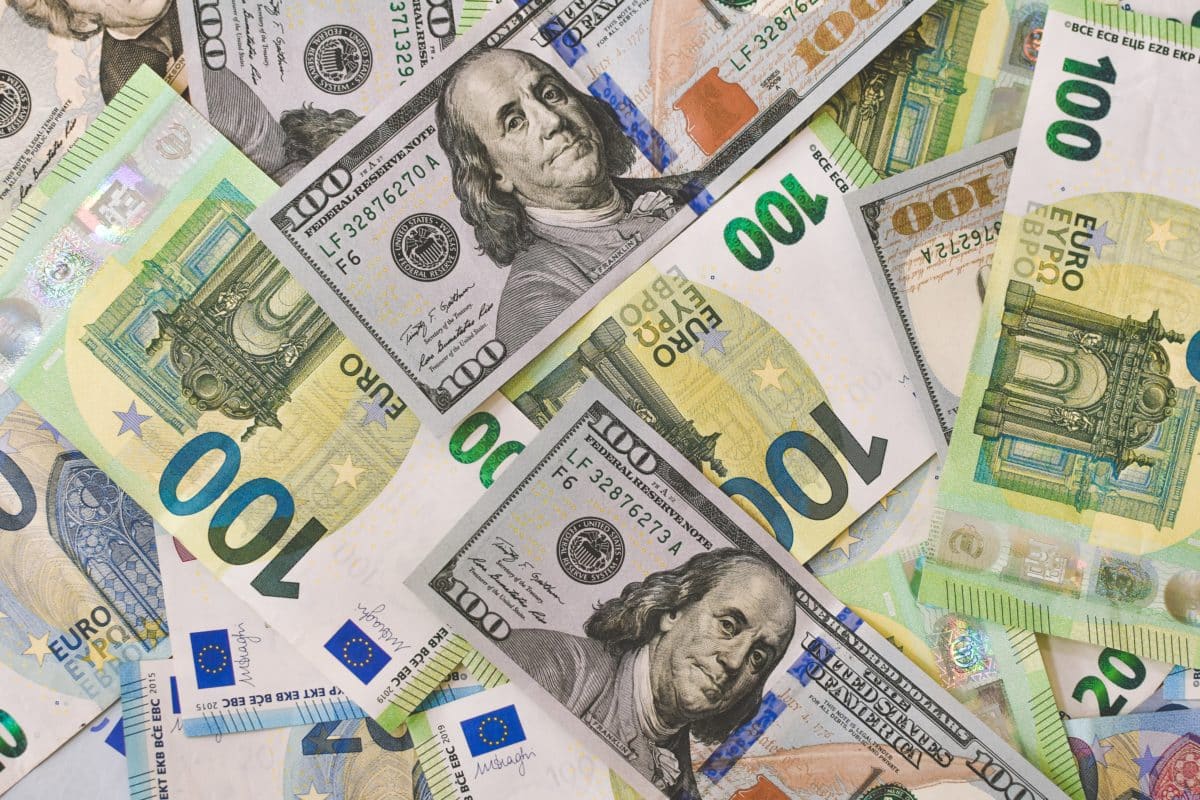The US dollar rises from a one-month low

The US dollar rises from a one-month low
When the US dollar acquires “strength” (worth) in comparison to other currencies, the dollar index rises. The Bretton Woods system was abandoned not long before the Dollar Index was launched in March 1973. The US Dollar Index has a starting value of 100,000. Since then, the price has fluctuated between 70.698 on March 16, 2008 and a high of 164.7200 in February 1985.
The dollar index recovered from its lowest point in almost a month to rise over the 110 level as investors took a moment to consider the direction of monetary policy ahead of the release of third-quarter US GDP data. Recent sluggish economic data, coupled with weak results from major technology companies, gave rise to optimism that the Federal Reserve may adopt a more dovish stance later this year.
After the Bank of Canada on Wednesday slowed down the tempo of its rate increases for the second consecutive month, expectations for a potential pivot grew even more. Additionally, this week’s policy announcements from the Bank of Japan and the European Central Bank were warily anticipated by investors. The euro and the British pound were the two currencies where purchasing was the most prominent.
The US dollar recovers following a recent decline
In tumultuous trading on Wednesday ahead of the anticipated rate hike from the European Central Bank. The dollar dropped to a one-month low before rising on Thursday.
The dollar has fallen recently as a result of investors’ excitement about indications that the US Federal Reserve may consider easing up on its aggressive rate hikes in December. However, it turned around on Thursday in what analysts characterized as a natural rebound following a sharp loss.
On Thursday, the euro reached a high of $1.0094, surpassing the previous month’s high. Before dropping as the dollar grew stronger.
Prior to the ECB’s announcement at 12:15 GMT, it was recently down 0.47% at $1.0032. To reach 1.5%, a 13-year high. The central bank is anticipated to increase its deposit rate by 75 basis points . A significant subsidy to commercial banks is also probably to be recovered.
Markets anticipate the ECB
The dollar has moved quite a bit, with the euro-dollar up about 2.2% since Monday. The dollar increased 0.54% to 110.14 when measured against a basket of currencies, having earlier on Thursday hit a one-month low of 109.53. Sterling dropped to $1.1561 by 0.59%.
Early London trade saw a more than 0.5% increase in the Japanese yen, reaching a high of 145.11 to the dollar. According to Themos Fiotakis, head of FX strategy at Barclays, the ECB meeting could cause some volatility in the euro.
According to us, QT is not favorable for the euro, said Fiotakis. He predicted that it will raise borrowing costs for countries with weaker economies. like Italy, “and that’s generally negative for the euro.” The Canadian dollar last changed hands at 1.3615 U.S. dollars, down 0.45%.
The Australian dollar dropped 0.69% to $0.645 . This happened as the Reserve Bank of Australia was under pressure. They increased interest rates more quickly due to a hot inflation reading.
The post The US dollar rises from a one-month low appeared first on FinanceBrokerage.
0 Response to "The US dollar rises from a one-month low"
Post a Comment